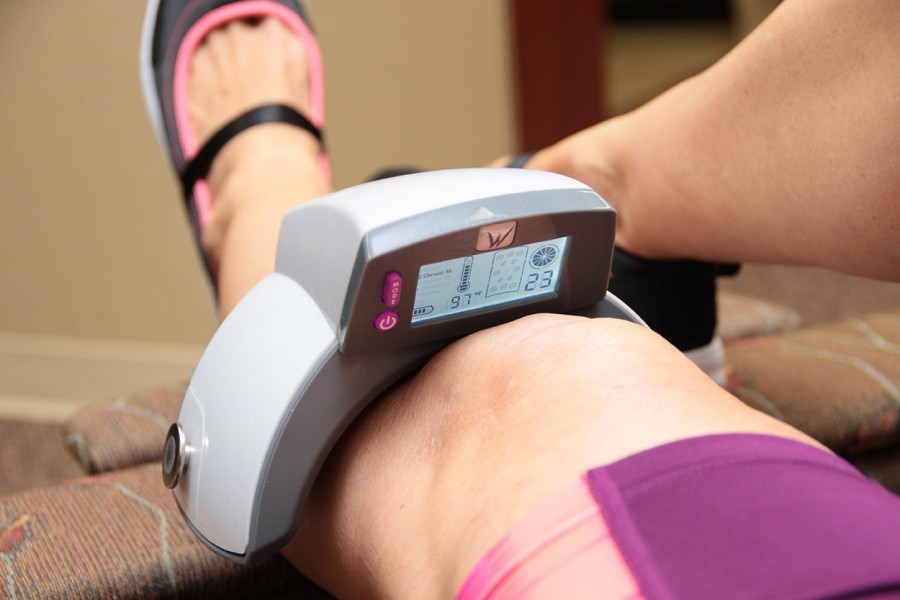
Technology, already critical in many areas of health care, is poised to play an even greater role in medicine, especially in the area of pain management. “Instead of pharmaceuticals, you are going to see the emergence of ‘technaceuticals,’ ” says David B. Sutton, CEO of Physician’s Technology LLC and co-inventor of the Willow Curve, a low-level smart laser that treats joint pain.
Such technology is being developed at an opportune time because many people prefer to avoid pain medication when possible. Also, the CDC recently urged doctors who prescribe opioids to cut down on their use because of the risk that patients can become addicted to these narcotics, as well as the alarming increased incidence of fatal prescription-medication overdose.
“You also have this tsunami of aging baby boomers who have seen technology solving all kinds of problems their entire lives,” Sutton says. “It seems natural to them to look to technology to address more and more of their health care needs.”
A variety of gadgets are helping to re-invent medicine, from new scanning technology that gives a clearer picture of lung disease to magnetic nanoparticles that stop strokes caused by blood clots.
The Willow Curve, which Sutton co-invented with Dr. Ronald Shapiro, is one example of how technology can work to temporarily ease chronic pain and is the leading product in the developing field of technaceuticals.
Because it’s also a smart computer, the device assesses the condition of the joint and delivers a targeted digital treatment.
A variety of ailments can be treated with technaceuticals, including arthritis, general joint pain, knee pain, tennis elbow and rotator-cuff injuries, among many others.
“This is a way to use technology to temporarily relieve pain, reduce swelling, improve mobility and improve the quality of life,” Sutton says.
Such digital-therapeutic technology could be appealing for consumers who:
• Want to reduce chemical dependency. Technology may not replace pain pills completely, but it does provide a safe alternative for those who want to reduce their dependency on chemicals and avoid side effects.
• May not be surgical candidates. Some people may not be eligible candidates for surgery and others want more time to decide, Sutton says. Technology that helps them temporarily reduce chronic pain puts them in a better position to remain active by temporarily relieving their joint pain while they decide.
• Want to manage health care at a lower cost. Health insurance provides limited reimbursements for many procedures and the cost of co-pays is rising. Treatment that continues over time – such as for prescription medication – can cause expenses to add up. In comparison, an in-home technological device is a one-time expense.
“This technology isn’t meant as a substitute for medical treatment, but can be used in tandem with it,” Sutton says. “Potentially, as the use of digital-therapeutic technology grows, the nation could see massive savings in health-care costs.”
I think that this is a great idea. Where can I get it.